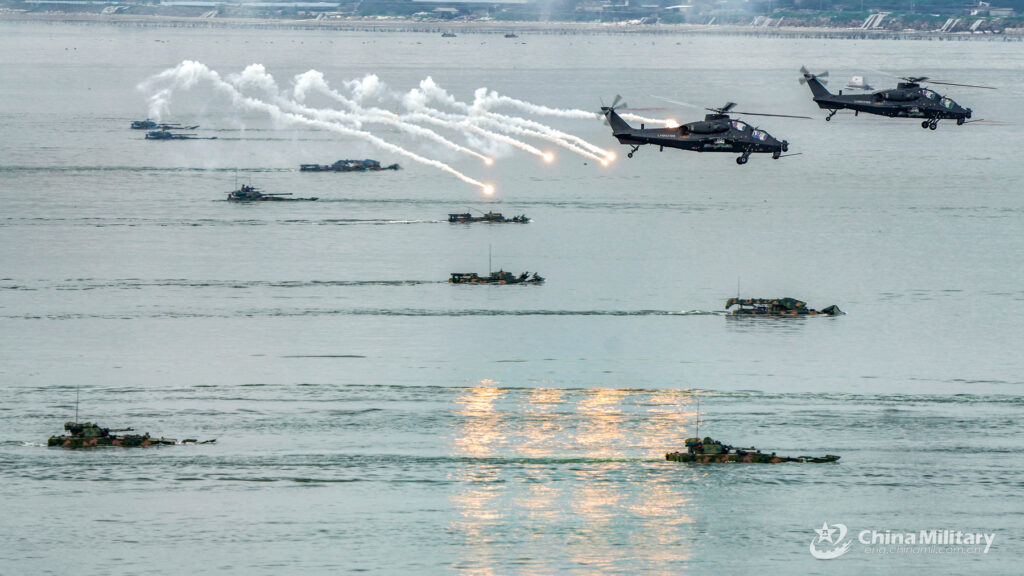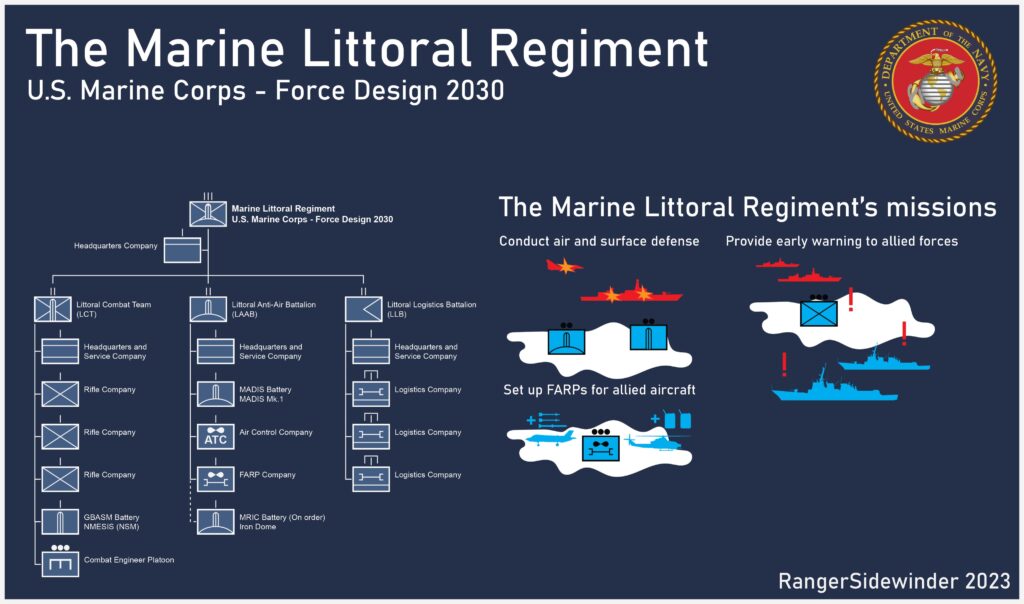ANDREW METRICK

What if the Pentagon is on the wrong path? In this analysis, CNAS fellow Andrew Metrick argues that the future mega-network the US military is hell-bent on developing — Joint All Domain Command & Control — is precisely the kind of technology the Chinese military is optimized to attack. To prevail, he writes, advanced tech is less important than highly trained humans who can make good decisions, quickly, amidst chaos, confusion and shattered networks.
The United States military keeps worshiping at the altar of high technology when addressing rising Chinese military threats. Unfortunately, the United States will not be able to brute force its way to superiority through technology. The Pentagon needs to acknowledge this reality and start making real changes, where they can matter.
This love of technology should not be surprising to long-time observers of the U.S. military. We are a nation of engineers with a boundless optimism in our scientific capabilities to overcome any obstacle, and perhaps nowhere is that more ingrained than the defense sector. We believe, in our bones, that superior technology will deliver us to victory.
Joint All Domain Command and Control (JADC2) is the most recent example of this tech-first trend in American military developments aiming to “sense, make sense, and act at all levels and phases of war, across all domains, and with partners, to deliver information advantage with the speed of relevance.” Moving faster and increasing the speed of decisions is laudable in a vacuum. But technology is not applied in a vacuum: Adversaries get a vote, and China has spent the past 20-plus years looking at the U.S. military with a microscope. The fundamental concept at the core of PRC warfighting doctrine, systems destruction warfare, is aimed at the very heart of U.S. dominance, network-enabled precision targeting. Vast reams of translated open-source materials point to this reality.
Simply “running faster” is investing into the teeth of a Chinese strategy aimed at eroding the fundamental pillar of U.S. military power—network-enabled precision targeting— by disintegrating C4ISR capabilities from firepower systems. A fixation on “decision superiority” and “information advantage” to supercharge network-enabled precision targeting, a hallmark of current discussions around JADC2, will fail when your eyes are blind and ears muffled.
This is not to say that many of the technologies or even some of the concepts that are being spun out of the tangled web of JADC2 activities across the department are without merit. However, the fundamental approach often associated with these activities, data ubiquity and ultraconnectivity, is bankrupt when facing the challenge posed by China. JADC2 supercharges the Gulf War concept of network-enabled precision targeting; it fails to adequately address the challenges of systems destruction warfare.
Winning future wars will not be about maintaining information advantage but rather prevailing when neither side has the advantage. And that is not a war that can be won by new technologies alone.

JADC2 graphic courtesy of Northrop Grumman.
New architectures and integrated collections of supporting concepts—not technologies or even one-off concepts—are needed for U.S. military operations against a true peer. Seemingly every defense review of the past 25 years has pointed to a need for new concepts. Despite this, very few new concepts seem forthcoming, let alone broad architectural solutions seeking to integrate disparate concepts into a cohesive whole. And yet, the U.S. defense community slides back to its comfort zone, a technology driven view of the future.
Architectures that permit victory from a position of information parity — or even information disadvantage — will mitigate significant adversary investments in counter-C4ISR technologies.
The point of departure should be a doctrinally driven, nodal architecture that abandons the alluring vision of data ubiquity and interconnectivity. Such an approach would accept inherent inefficiency in the name of resiliency. It would adopt the guiding principles of command decentralization and minimum necessary data in order to empower commanders at the tactical level to the use of the full breadth of available capabilities. If a forward element needs to “phone home” to use a transiting or time constrained capability, the “kill chain” may not close given adversary interference or self-inflicted procedural hurdles.
This architecture must confront the reality that the targeting process, a fundamental combat activity, is scoliotic and helplessly addicted to endless streams of data. JADC2 posits that the best way to deal with this is to maximize the data available, but the reality is the opposite: tactical commanders need to “sense, make sense, and act” with the absolute minimum of data.
Small-scale, emergent combat webs would replace a large, integrated system of systems. Forward battle networks share mere drabs of data, only sporadically link with higher echelons, and abandon rigid, centrally planned tasking orders.
Breaking the data addiction reduces the electromagnetic attack surface of these combat forces, creates resiliency, and fully unlocks the inherent lethality of stand-off and stand-in fires. Let’s use a simplified version of the analysis in a classic RAND report. Consider a notional, Mach-6, 1,000 nautical mile weapon used against a mobile target with an average relocation time of 20 minutes. The strike will fail over 50 percent of the time if data and command requirements introduce merely five minutes of delay. By comparison, reducing the data and command requirements to achieve one minute of delay allows the kill chain to complete over 75 percent of the time. More simply: the more data that has to go back and forth, the longer the delay and the less likely it is for a strike to succeed. If the Joint Force leads with doctrinal changes, accepts decentralized planning and execution, and pushes data processing, exploitation and ultimately command authority as far forward as feasible, it trims down the amount of time — and increases the success rate.

Organization and missions of the new Marine Corps Littoral Combat Regiments (graphic by RangerSidewinder @realaludiangov)
The Marine Corps offers a ray of hope toward such a future with the ongoing Force Design 2030 activities. That effort is laudable because it grapples with the reality of the new threat environment and trades the former architecture, joint forcible entry, for a new approach, distributed maritime campaigning. Some may find this disquieting, but it is the exact type of thinking and process that the Joint Force must lead with.
Ultimately, systemic problems require systemic solutions. Efforts such as the Marine Corps’ Force Design 2030 must be incubated and promoted; not opposed. Air Force Chief of Staff Gen. CQ Brown has it right when he speaks of accelerating change or losing. Unfortunately, the types of systemic, department-wide change the challenges at hand require do not seem to be forthcoming. The seeds of change are present within the JADC2 framework, but this loose confederation must embrace its role as an architectural development effort tied to clear warfighting objectives rather than technology development and demonstration activity.
New, fancy deck chairs will not stop the Titanic from sinking. It is only by charting a new course that we can avoid the iceberg looming in the distance.
Andrew Metrick is a Fellow with the Defense Program at CNAS. Prior to joining CNAS, he was a campaign analyst and wargamer at Northrop Grumman.
No comments:
Post a Comment